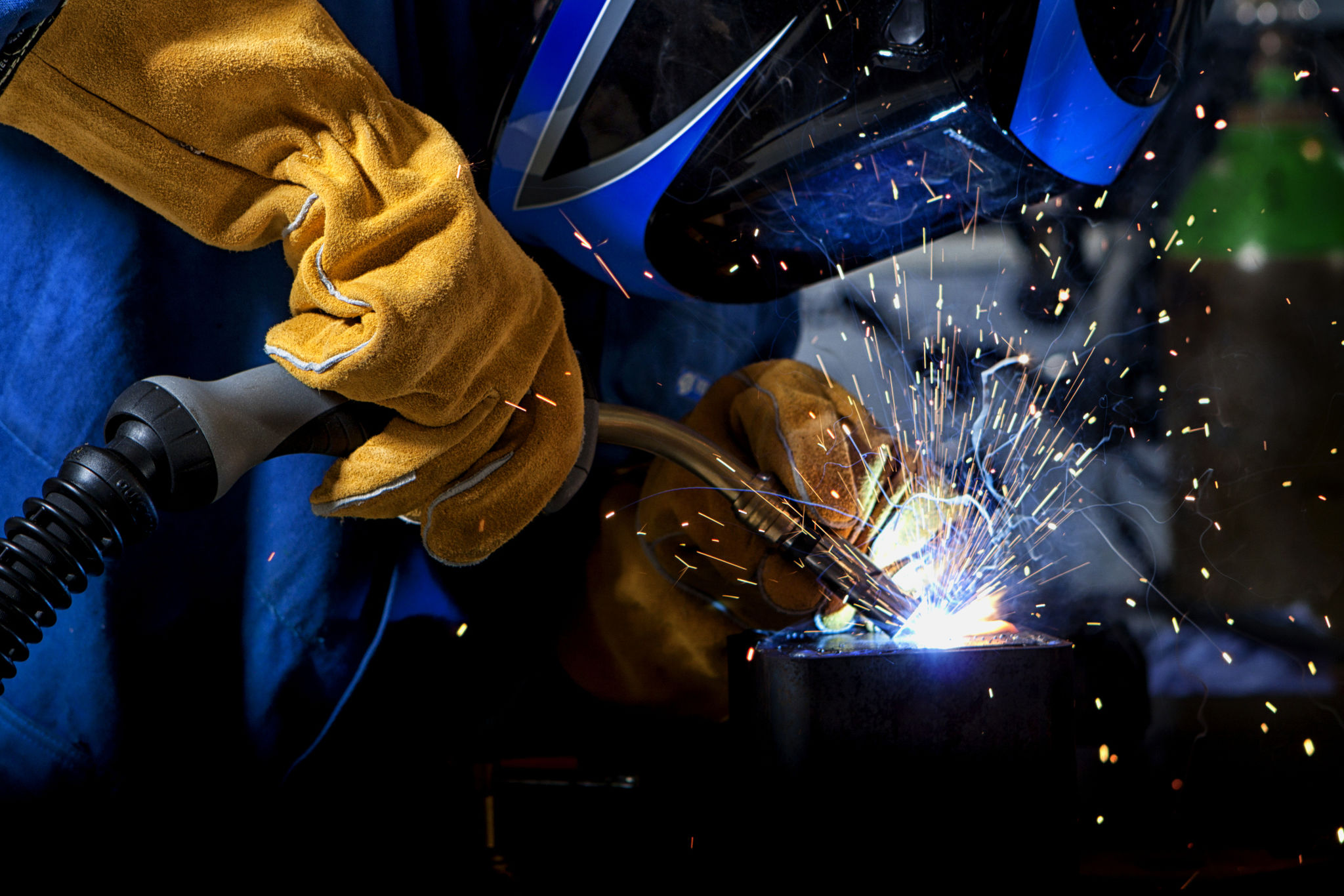Preparing for Summer: Why Argon Gas is Essential for Welding Projects
Understanding the Importance of Argon Gas in Welding
As summer approaches, many welding projects are set to commence. One crucial element that often goes unnoticed is the role of argon gas in welding. Argon, an inert gas, plays a significant role in ensuring high-quality welds, making it an essential component for any welding project. Understanding its importance can help welders achieve the best results.
Argon gas is primarily used as a shielding gas in welding. This inert gas protects the molten weld pool from atmospheric gases such as oxygen, nitrogen, and hydrogen, which can cause defects in the weld. By creating a protective atmosphere around the weld area, argon ensures that the weld remains strong and free from impurities.

Advantages of Using Argon Gas in Welding
Improved Weld Quality
One of the primary benefits of using argon gas in welding is the improvement in weld quality. By preventing oxidation and contamination, argon helps in producing cleaner and more precise welds. This is particularly important for projects that require high-strength joints and aesthetic finishes.
Versatility Across Different Welding Processes
Argon is highly versatile and can be used with various welding processes, including TIG (Tungsten Inert Gas) and MIG (Metal Inert Gas) welding. It is especially effective in TIG welding, where precision and control are crucial. The use of argon ensures a stable arc and consistent heat distribution, leading to better outcomes.

Why Summer is the Ideal Time for Welding Projects
Summer provides ideal conditions for welding projects due to the favorable weather and extended daylight hours. However, the increased temperature can also pose challenges such as increased oxidation rates. Using argon gas becomes even more critical during this time to counteract these effects and maintain weld integrity.
In addition, summer projects often involve outdoor settings where environmental factors can affect weld quality. Argon's ability to create a stable protective shield makes it indispensable for outdoor welding tasks, ensuring that environmental variables do not compromise the weld.
Choosing the Right Argon Gas Mixture
While pure argon is commonly used, specific projects may benefit from using an argon gas mixture. For instance, adding a small percentage of carbon dioxide or helium can enhance penetration and arc stability. Selecting the appropriate gas mixture depends on the material being welded and the desired properties of the weld.

An argon-carbon dioxide mixture is often used in MIG welding for mild steel, providing a balance between cost-effectiveness and quality. On the other hand, an argon-helium mixture is preferred for non-ferrous metals like aluminum and magnesium, offering better heat transfer and faster welding speeds.
Conclusion: Preparing for Successful Summer Welding Projects
As you prepare for your summer welding projects, consider the essential role of argon gas in achieving high-quality results. Its ability to protect against contaminants and enhance weld precision makes it a critical component in any welder’s toolkit. By understanding and utilizing argon effectively, you can ensure that your summer projects are both successful and long-lasting.
